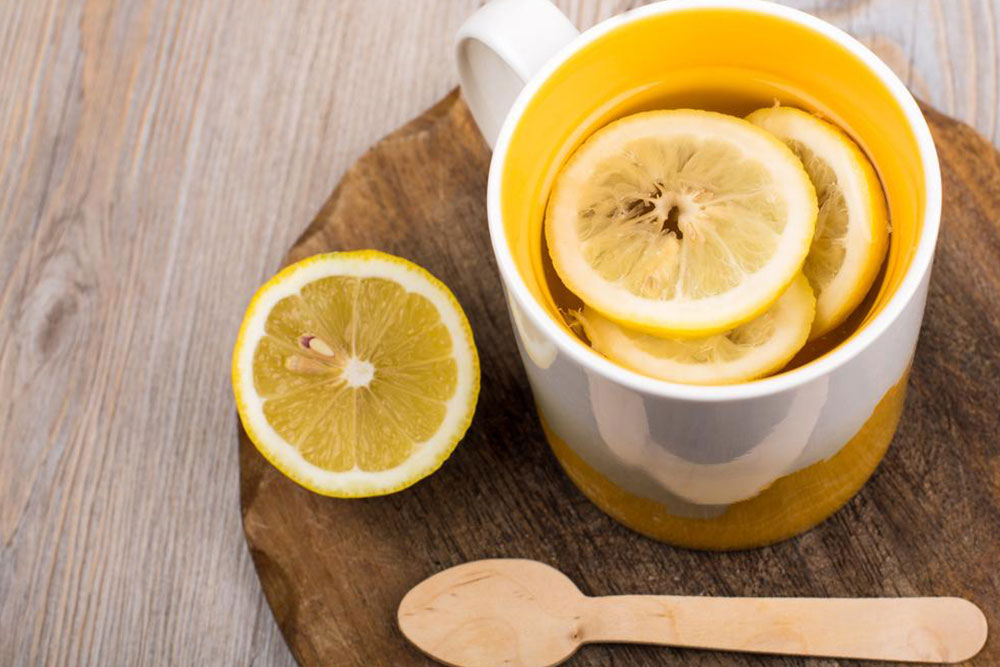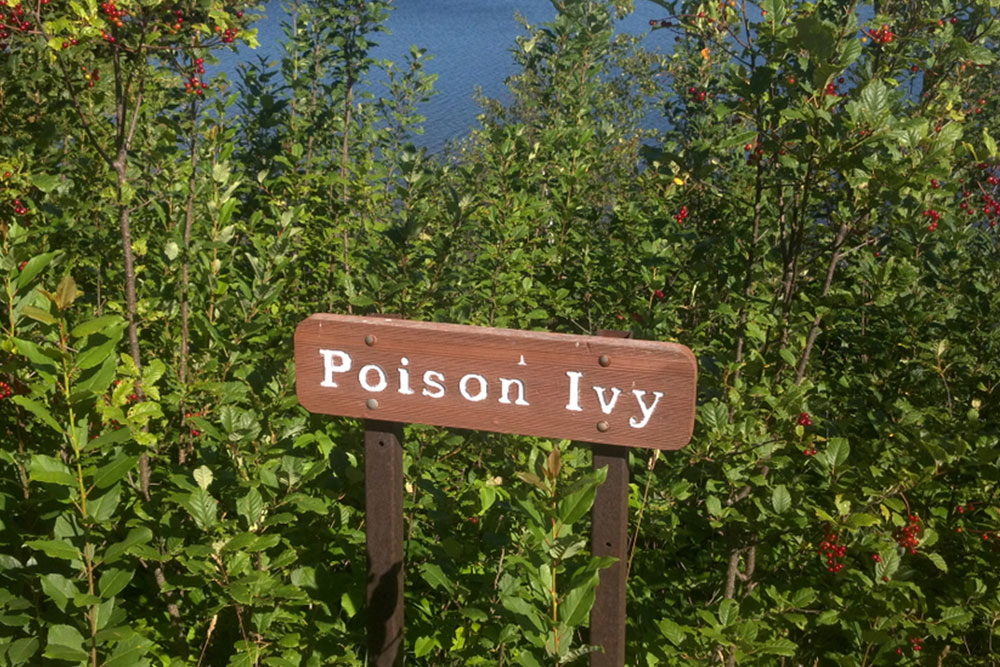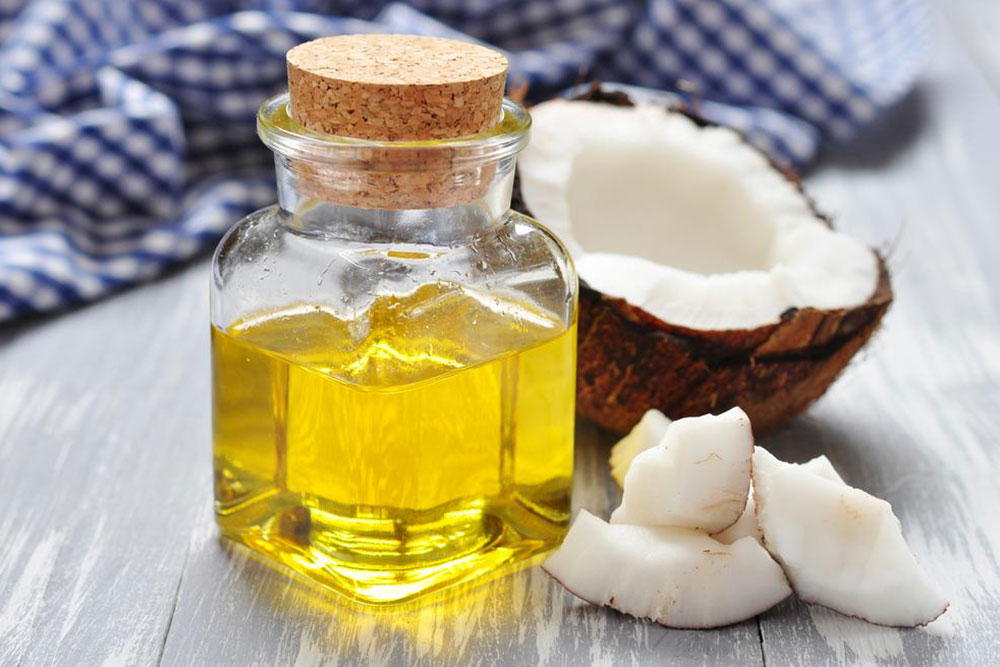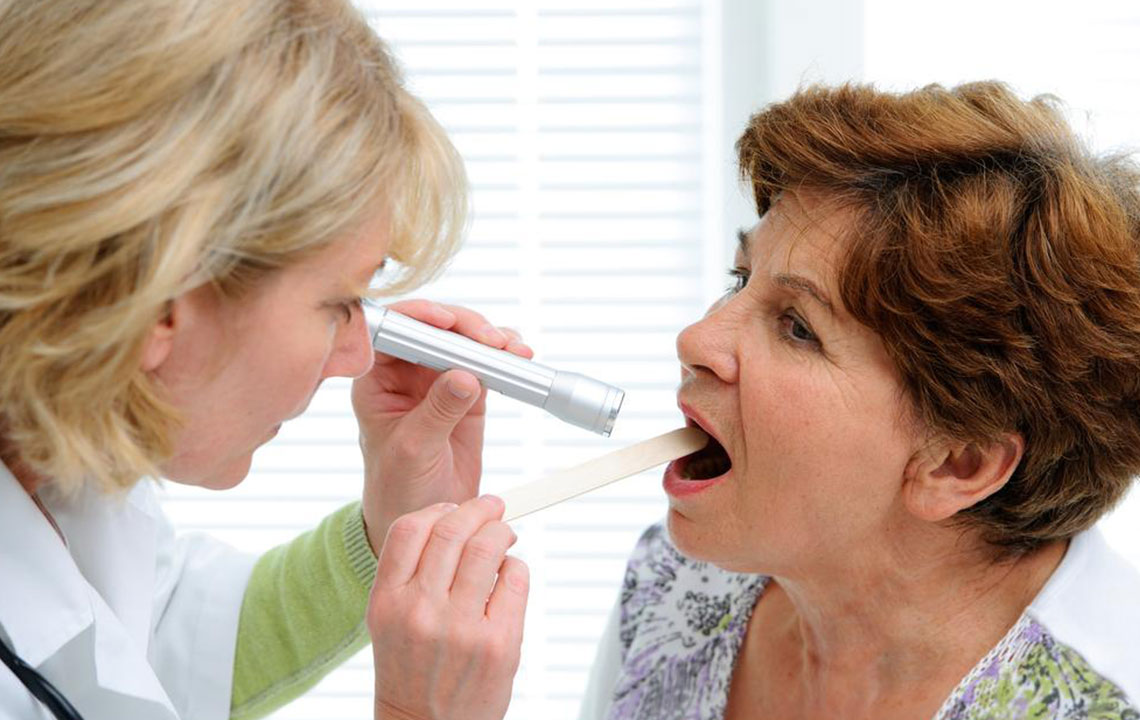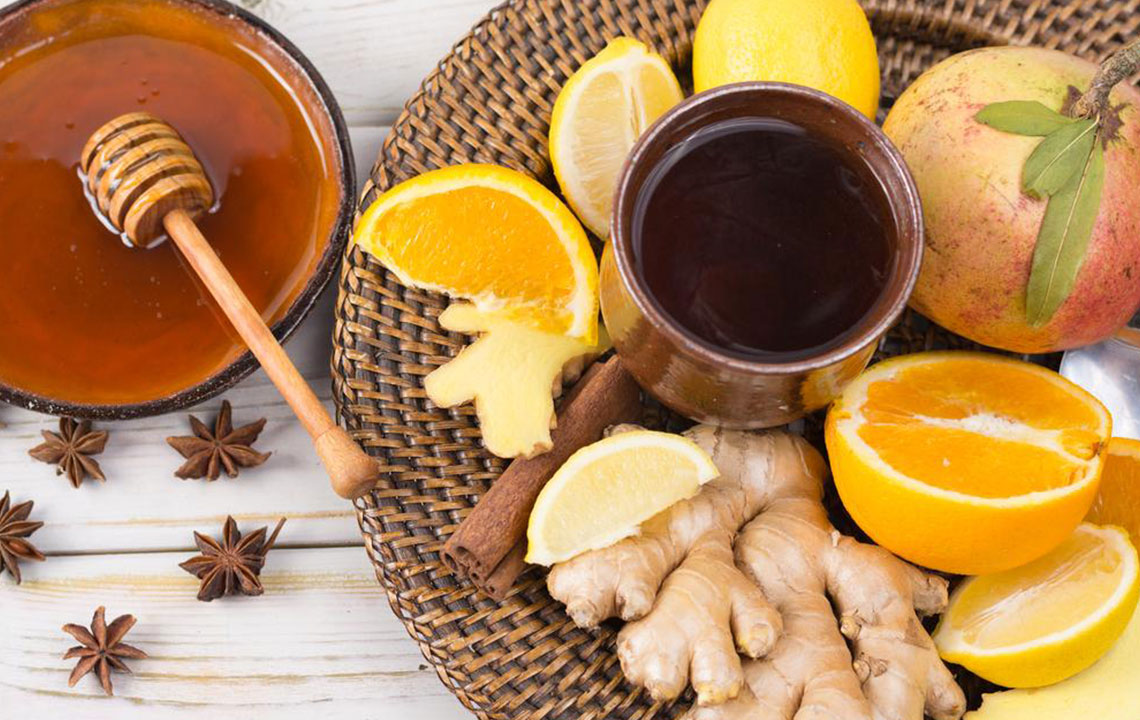Comprehensive Guide to Recognizing and Managing Poison Ivy Skin Reactions Using Common Household Products
This comprehensive guide delves into recognizing poison ivy, preventing exposure, and managing skin reactions using everyday household products. Learn how to identify poison ivy's distinct features, adopt safety precautions, and apply simple remedies like aspirin paste, mouthwash, dish soap, and hair dryers to alleviate symptoms quickly. Proper management reduces discomfort and prevents complications. Stay informed about effective strategies to handle poison ivy skin reactions efficiently, emphasizing prevention and home treatment options for quick relief and safety in outdoor environments.

Comprehensive Strategies for Recognizing and Managing Poison Ivy Skin Reactions with Everyday Household Items
Poison ivy allergy is a widespread concern affecting a large segment of the population. Studies show that approximately 85 out of every 100 individuals may develop skin reactions after coming into contact with this plant, making it one of the most common causes of plant-induced dermatitis. Despite its prevalence, many people find it challenging to identify poison ivy accurately, which increases the risk of accidental exposure and subsequent allergic reactions. Recognizing the plant early and knowing how to respond appropriately can significantly reduce discomfort and prevent complications.
Fortunately, most poison ivy skin reactions can be effectively managed with prompt treatment and simple home remedies. The key to minimizing severity lies in prevention—learning to identify poison ivy in various environments and taking precautions to avoid contact. This guide provides detailed information on how to identify poison ivy, practical prevention tips, and effective remedies that can be used with common household products to alleviate symptoms swiftly and safely.
How to identify poison ivy easily?
Poison ivy is notorious for its distinctive appearance, which varies throughout the seasons. Its iconic three-leaflet structure is a key identifier, often accompanied by features that help distinguish it from other similar plants. During spring, the new leaves are typically reddish, signaling new growth. As summer progresses, these leaves mature into bright green, providing a lush, vibrant appearance. In the fall, the foliage transforms into shades of yellow, orange, or red, adding to its visual prominence in autumn landscapes.
One of the main indicators is the notched or lobed edges of the leaves, which are often uneven or jagged. Whether growing as a vine climbing on trees, fences, or shrubs, or as a bush on the ground, poison ivy maintains this characteristic leaflet pattern. The presence of small, white or greenish-white berries or druplets during late summer and fall is also a strong clue to its identity, especially when distinguishing it from other plants like Virginia creeper or poison oak.
Practicing safety precautions is essential in outdoor activities. Wearing long-sleeved shirts, pants tucked into socks, gloves, and protective clothing can create a barrier against accidental contact. Washing any exposed skin promptly after potential contact further reduces the risk of a skin reaction. Recognizing the plant early is crucial, especially if you suspect exposure in wooded areas, parks, or garden spaces.
In cases where contact occurs and a rash develops, several household remedies can help provide relief and promote healing. These remedies utilize common products found in most households, making effective treatment accessible and affordable.
Effective Home Remedies for Poison Ivy Skin Reactions
Here are some safe, easy-to-implement remedies that can reduce itching, inflammation, and discomfort caused by poison ivy rashes:
Aspirin Paste: Aspirin, known for its anti-inflammatory properties, can be used topically by crushing a few tablets and mixing them with a small amount of water. Applying this paste to the rash can help soothe irritated skin and accelerate healing, thanks to its salicylic acid content.
Mouthwash: An alcohol-based, mint-flavored mouthwash can serve as an effective topical treatment. It cools the skin, helps dry out the rash, and provides antibacterial benefits to prevent secondary infections. Dab or gently rinse the affected area with mouthwash for relief.
Dish Soap: Regular dish soap plays a vital role in removing urushiol—the oily allergen responsible for poison ivy reactions—from the skin. Washing thoroughly with dish soap immediately after exposure can significantly reduce the severity of the rash by preventing the chemical's absorption.
Hair Dryer: Using a blow dryer on a cool setting can help dry out the rash, reducing the amount of histamines released and thus alleviating itching. Be cautious in using this method to avoid burns; keep the dryer moving and at a safe distance from the skin.
Integrating these household remedies can be beneficial for quick relief. However, if symptoms worsen or persist, seeking medical attention is recommended to prevent complications or severe allergic reactions.
By understanding how to identify poison ivy and utilizing common household products safely, individuals can effectively manage mild skin reactions at home. Education and preventive measures remain the most potent tools in avoiding exposure and reducing the impact of poison ivy allergies on daily life.
